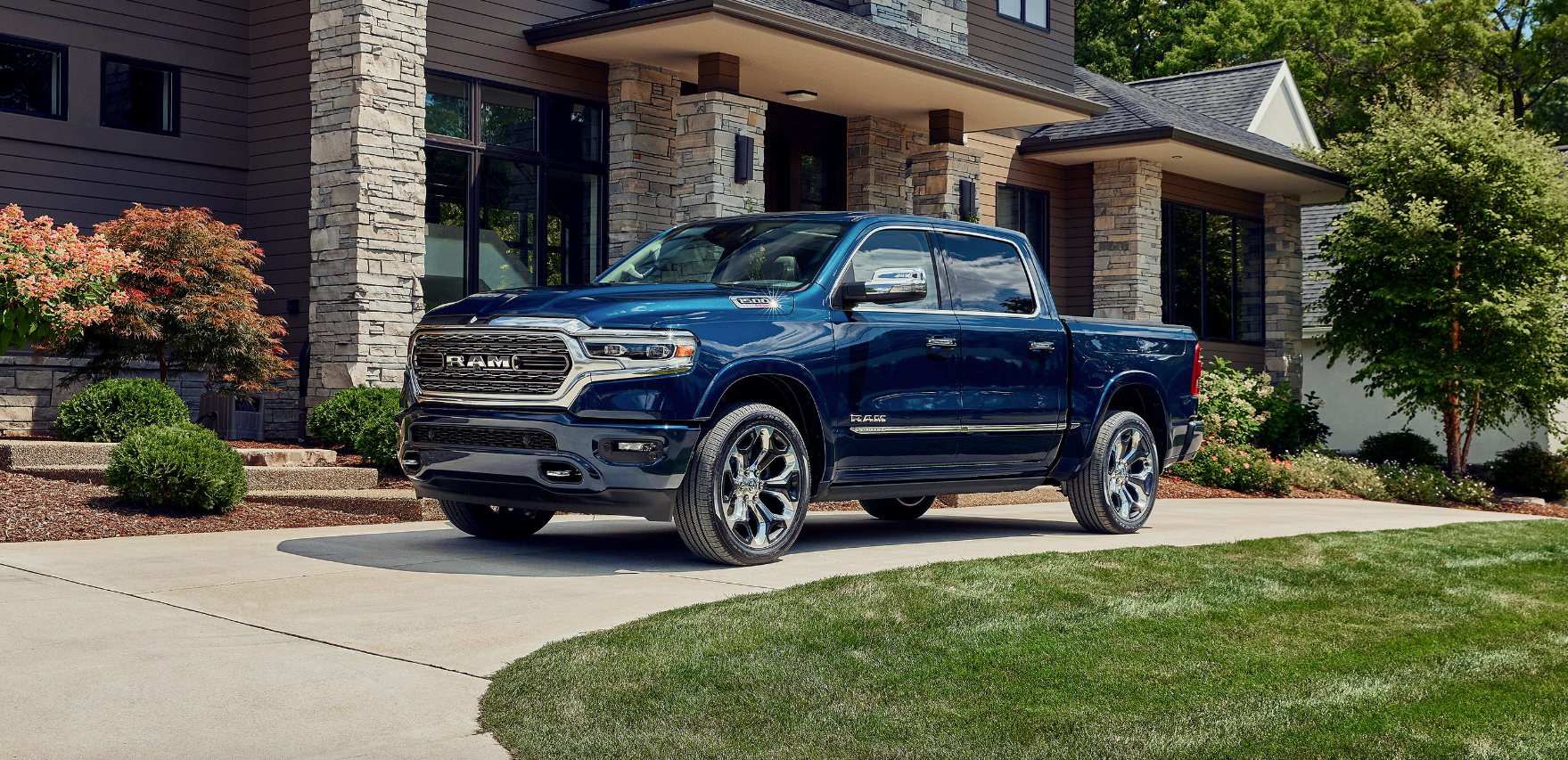Understanding Car Insurance in the United States: A Comprehensive Guide

Car insurance is required in most U.S. states and covers accidents, theft, and damage. Premiums vary based on factors like age and driving history. You can lower costs by shopping around, raising deductibles, and using discounts. Trends include telematics and eco-friendly policies.
Car insurance is a crucial part of owning and operating a vehicle in the United States. It not only helps protect drivers financially in case of accidents, but it’s also required by law in most states. Whether you’re a new driver or looking to adjust your current policy, understanding the basics of car insurance can save you money and ensure you have the coverage you need.
Why Do You Need Car Insurance?
Car insurance is mandatory in almost every state in the U.S. to legally drive a vehicle. The primary purpose of car insurance is to protect you financially from the costs associated with car accidents, theft, or damage. It also protects others by covering their medical expenses and property damage if you're at fault in an accident.
In the U.S., car insurance laws vary by state, but most require drivers to carry a minimum level of coverage. Failing to do so can result in fines, license suspensions, or even legal trouble if you’re involved in an accident without insurance.
Types of Car Insurance Coverage
There are several types of car insurance coverage, each serving a different purpose. The most common types are:
- Liability InsuranceBodily Injury Liability (BIL): Covers the medical expenses and lost wages of others if you’re at fault in an accident that causes injury or death.Property Damage Liability (PDL): Pays for the damage you cause to someone else’s property (such as their car or fence) in an accident where you are at fault.Liability insurance is mandatory in most states, though the required minimum limits vary.
- Collision InsuranceThis covers damage to your own vehicle in the event of an accident, regardless of who is at fault. If your car is damaged in a crash with another vehicle or an object (like a tree or a fence), collision insurance can help cover the repair or replacement costs.
- Comprehensive InsuranceCovers non-collision damage to your car, such as damage from theft, vandalism, weather events (hail, floods), or hitting an animal. Comprehensive insurance is particularly important if you live in an area prone to natural disasters or have a valuable car.
- Personal Injury Protection (PIP)Often referred to as "no-fault insurance," PIP covers your medical expenses and, in some cases, lost wages regardless of who caused the accident. It’s required in certain states, particularly no-fault states, where each party’s own insurance covers their expenses, rather than relying on fault-based claims.
- Uninsured/Underinsured Motorist InsuranceProtects you if you’re in an accident caused by a driver who either doesn’t have insurance or doesn’t have enough coverage to pay for the damages. This type of insurance helps fill the gap when the at-fault driver is either uninsured or underinsured.
- Medical Payments Coverage (MedPay)This covers the medical expenses for you and your passengers if you're injured in an accident, regardless of who’s at fault. It’s often an optional coverage but can be beneficial in situations where PIP or health insurance does not cover all the costs.
- Gap InsuranceIf you owe more on your car loan or lease than the car is worth (due to depreciation), gap insurance can cover the difference. This is particularly useful if you have a new car and want to avoid paying out-of-pocket if the car is totaled.
How Much Does Car Insurance Cost?
The cost of car insurance varies widely depending on a number of factors:
- Age and Driving History: Younger drivers, particularly those under 25, tend to pay higher premiums due to inexperience. A clean driving record can help lower premiums, while a history of accidents or tickets will raise them.
- Location: Your state, city, and even neighborhood can impact your rates. Urban areas with higher traffic volumes and more accidents typically have higher premiums.
- Vehicle Type: The make, model, and age of your vehicle also affect your rates. Sports cars, luxury cars, and vehicles with higher repair costs tend to come with higher insurance premiums.
- Coverage Levels: Higher levels of coverage (like comprehensive and collision) increase your premiums. Additionally, opting for lower deductibles may increase your monthly costs.
- Credit Score: In many states, insurers use your credit score to determine your risk as a driver. Those with poor credit may pay more for insurance.
- Driving Habits: How often and how far you drive can impact your premium. Higher annual mileage may increase your premium because more time on the road means a higher likelihood of accidents.
On average, U.S. drivers pay around $1,400 annually for full coverage car insurance, though this can vary significantly depending on the factors listed above.
Car Insurance Trends in the U.S.
In recent years, several trends have shaped the U.S. car insurance industry:
- Telematics and Usage-Based Insurance: Many insurers are offering discounts to drivers who allow them to track their driving habits via telematics devices or mobile apps. This usage-based insurance (UBI) model rewards safe drivers with lower premiums.
- Rise of Electric Vehicles (EVs): As EV adoption increases, insurance companies are beginning to adjust their rates and policies. While electric cars are generally more expensive to repair, insurers are also factoring in government incentives and the lower likelihood of accidents with EVs.
- Focus on Telematics and AI: Car insurers are increasingly using artificial intelligence (AI) to process claims faster and more accurately. The rise of AI technology is helping insurers offer more personalized policies based on an individual’s driving behavior and needs.
- Environmental Concerns and Green Insurance: As concerns about climate change grow, there’s a shift towards offering discounts for eco-friendly vehicles and policies that promote sustainability. Some insurers now offer “green” discounts to drivers of hybrid or electric cars.
- No-Fault Insurance and State Reforms: The move toward no-fault insurance systems, where each party’s own insurance covers their medical expenses, is increasing in states like Michigan and New Jersey. This shift affects how claims are processed and could lead to lower premiums in some cases.
Final Thoughts
Car insurance is a necessary investment for U.S. drivers, not just to comply with the law, but to protect yourself, your passengers, and others on the road. Understanding the different types of coverage, how premiums are calculated, and strategies for lowering costs can help you make informed decisions. With the right policy, you can enjoy peace of mind knowing that you’re financially covered in the event of an accident or mishap.
Explore
Understanding HIV Infection: Key Symptoms and Effective Treatment Options

Best Life Insurance for Seniors: Finding the Right Plan

The 2024 Dodge Ram 1500: Power, Performance, and Luxury in One Package

Everyday Advantages of Driving a Dodge Ram 1500

The New Jeep Gladiator is Wowing Americans – See Why

The Rise of Electric Cars in the U.S.: A Revolution in Transportation

The Rise of New Retirement Villages: A Modern Approach to Senior Living

Instant Home Valuation: How Online Calculators Provide Real-Time Property Estimates
